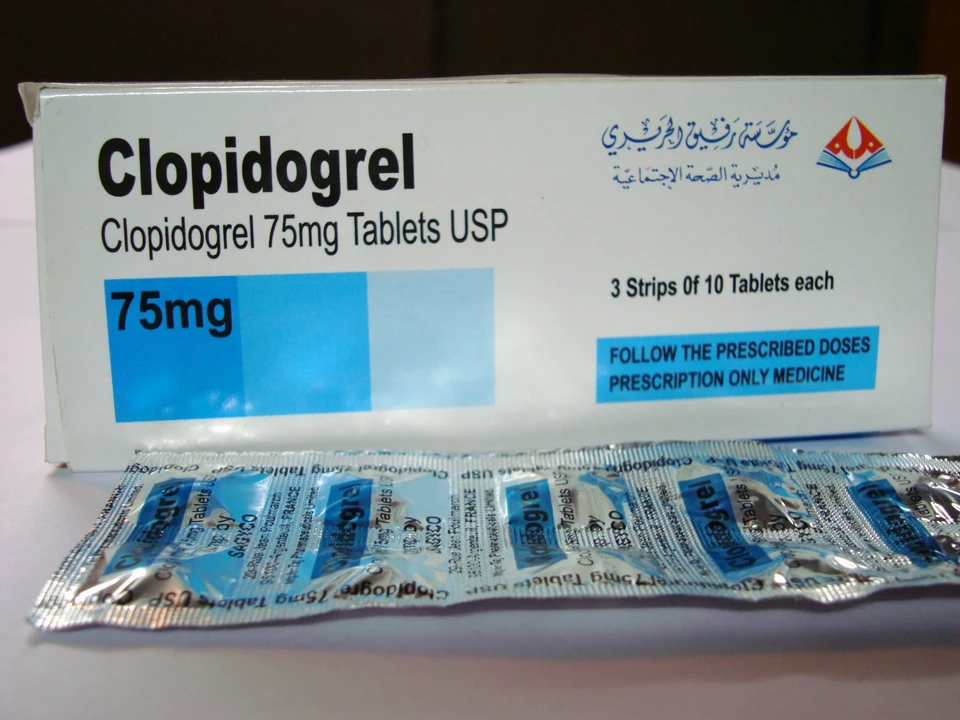Clopidogrel: what it does and why people take it
Clopidogrel is a common antiplatelet pill doctors give to lower the chance of heart attack and stroke. It keeps platelets from sticking together, which helps prevent blood clots after stents, heart attacks, or certain types of stroke. People often ask what to expect, how long to take it, and whether it’s safe to buy online. I’ll cover the basics in plain language so you can have a useful chat with your doctor.
How clopidogrel is used and usual doses
For most adults the standard dose is 75 mg once a day. In acute heart attack or when a quick effect is needed, doctors may give a 300 mg or 600 mg loading dose first, then switch to 75 mg daily. If you had a stent placed, you might be on clopidogrel with aspirin for a variable period—often months—depending on the stent type and your bleeding risk. Never stop it suddenly unless a doctor tells you to. Stopping can raise the risk of clotting.
Side effects, warnings, and interactions
Bleeding is the main risk. That can be as minor as easy bruising or as serious as internal bleeding. Watch for unusual bruises, black stools, blood in urine, or heavy nosebleeds and tell your doctor right away. Other issues include stomach upset or rash but these are less common.
Drug interactions matter. Some acid-reflux drugs (like omeprazole) and certain antidepressants can reduce clopidogrel’s effect or raise bleeding risk. If you take warfarin, NSAIDs, or strong CYP2C19 inhibitors, your doctor may need to adjust doses or pick a different medicine. In some patients genetic testing shows reduced ability to activate clopidogrel—your doctor may choose another antiplatelet in that case.
If you need surgery or dental work, tell the clinician you’re on clopidogrel. They’ll weigh bleeding versus clotting risk and advise when (or if) to pause treatment.
Monitoring is simple: your doctor will review bleeding signs, check other meds, and sometimes order blood tests. If you’re on long-term therapy, keep regular follow-ups and carry a note or card that says you take clopidogrel.
Thinking of buying clopidogrel online? Use a licensed pharmacy, require a valid prescription, and avoid sites that sell controlled savings with no contact details. Check for a pharmacy license, secure payment, clear shipping policies, and customer support. Extremely low prices or no-prescription offers are red flags. If you’re unsure, ask your local pharmacist or prescriber for recommended online options.
Bottom line: clopidogrel helps prevent dangerous clots but raises bleeding risk. Take it exactly as prescribed, tell every clinician you see that you’re on it, review all other meds for interactions, and only buy from trusted pharmacies that require a prescription. If anything feels off—bleeding, severe stomach pain, or fainting—seek medical care immediately.
